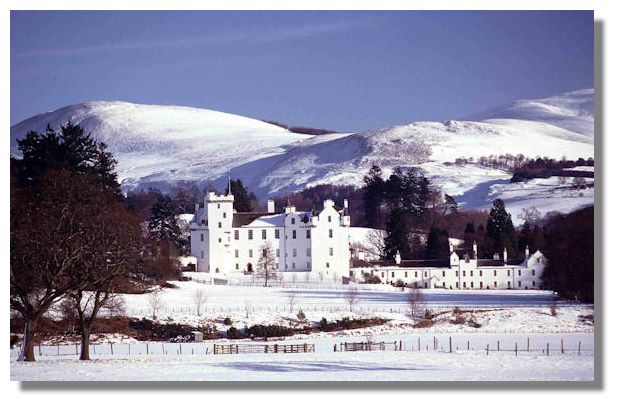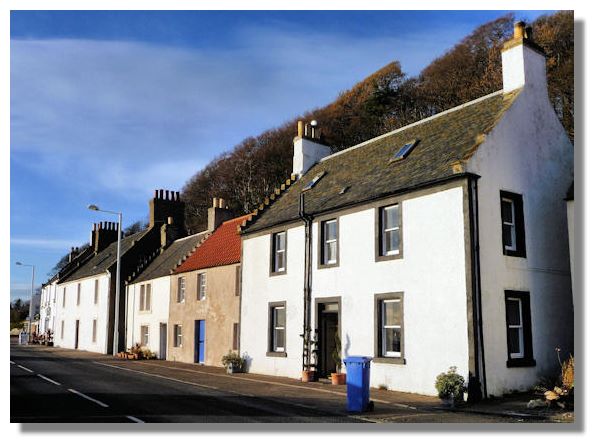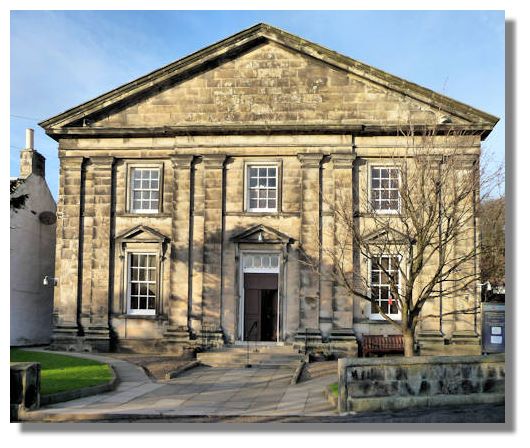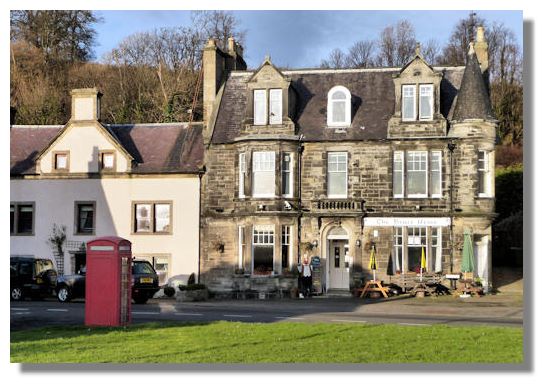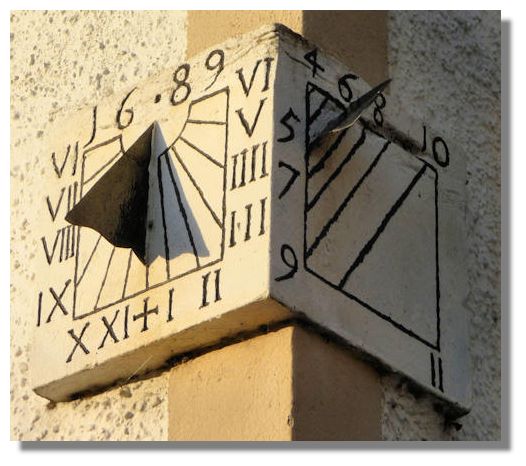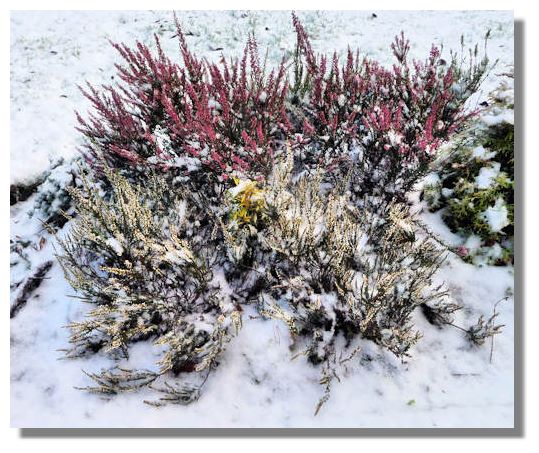The Rampant Scotland Newsletter includes a number of photographs which illustrate the weather and the seasons, plus the flora and fauna of the current week around Scotland. This separate "colour supplement" displays some more pictures, in a larger format. Here is this week's crop of Scottish views!
Earlier this year, Blair Castle in the heart of Perthshire won a gold award for green tourism for meeting a range of environmental and sustainability criteria. The recent fall of snow has turned the estate white, of course, but that doesn't stop the staff reusing and recycling! Unlike many other tourist attractions in Scotland in the winter, Blair Castle still welcomes visitors - on Tuesdays and Saturdays, from 9.30am to 2pm. At this time of year the inside of the castle is as festive as the outside snow scene. There are Christmas decorations, including the grandeur of the State Dining Room set for a festive banquet. Visitors can warm themselves by the roaring open fire in the ballroom whilst enjoying a complimentary glass of mulled wine. And the Tullibardine Restaurant is open for a spot of festive refreshment. For further details visit http://www.blair-castle.co.uk
Picture of Blair Castle via Ginny Lawson PR.
It's hard to believe that the pretty Fife village of Limekilns (seen here) and the adjacent Charlestown were two of the earliest industrial locations in Scotland. Limekilns gets its name from the kilns that processed the lime (found near the surface) and coal to produce lime for lime mortar and to improve the soil. In the 13th century, Limekilns (known then as Gallets) was the main port for inland Dunfermline. Initially the lime was converted to using charcoal. Around 1750, the processing moved a mile along the coast to Charlestown where huge kilns were built into a cliff face, with coal and lime loaded in at the top and various types of lime removed at the foot.
Although Limekilns is a only a small village, it has an impressively large parish church, built in 1825. No church tower, but a two-storey building with classical pilasters, supporting a full-width pediment. The present population of Limekilns is around 1,300.
The Bruce Arms in Limekilns is the main hotel in the village. Like the harbour (named Bruce Haven), it is named after King Robert the Bruce (who is buried at Dunfermline Abbey, three miles to the north. For those not familiar with Scottish scenes, the red box to the left is a public telephone box - numbers of these are declining as a result of mobile phones.
This unusual sundial on a corner of "Hope Cottage" in Limekilns bears the date 1689. But the building itself is an 18th century construction and the earlier sundial was probably added to give Hope Cottage an appearance of greater age.
The weather forecasters this week were predicting heavy falls of snow not only in the Highlands but also in lowland Scotland. Unfortunately (from the point of view of obtaining pretty pictures of snow scenes) there was only a light covering in suburban Glasgow. But this photo taken in my garden does highlight the way in which some varieties of heather are in flower even in December.If you want to look back at earlier editions of this Colour Supplement, there is an Index Page
